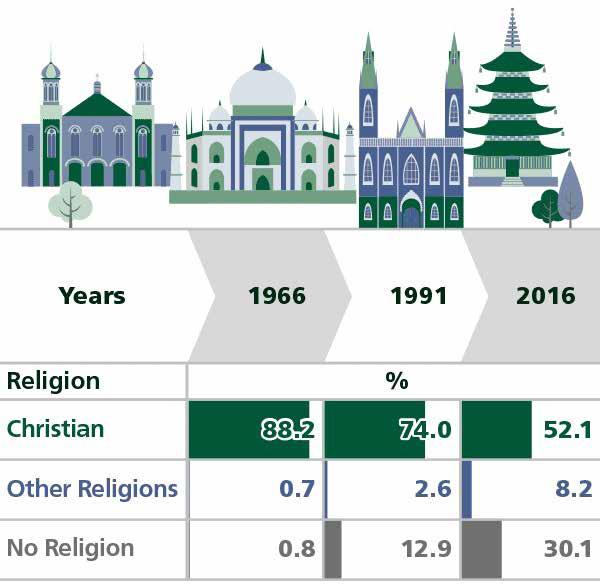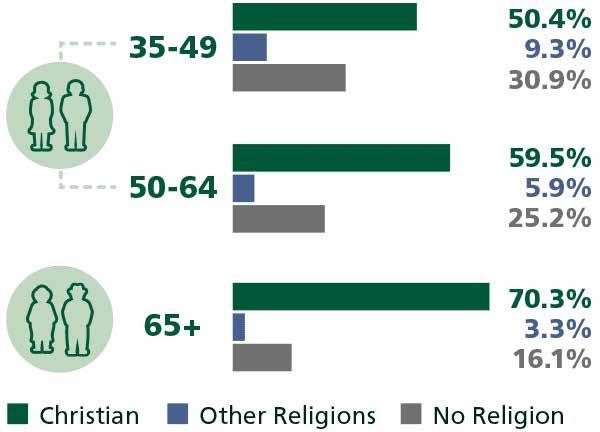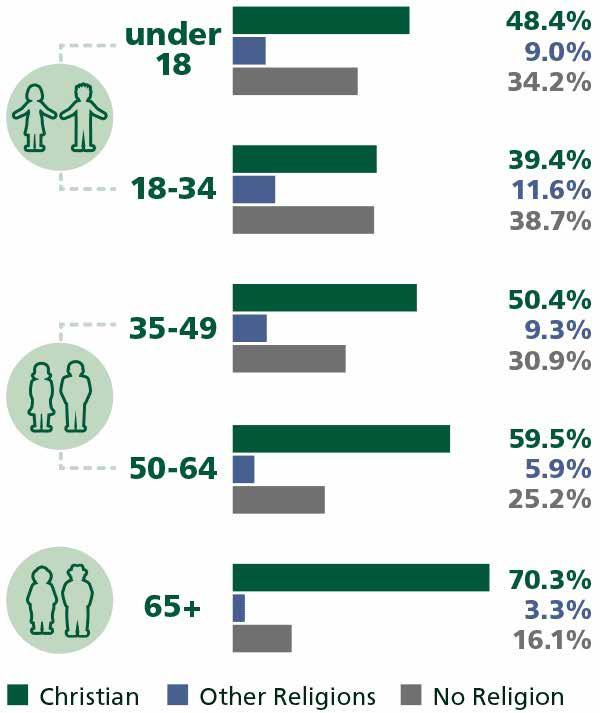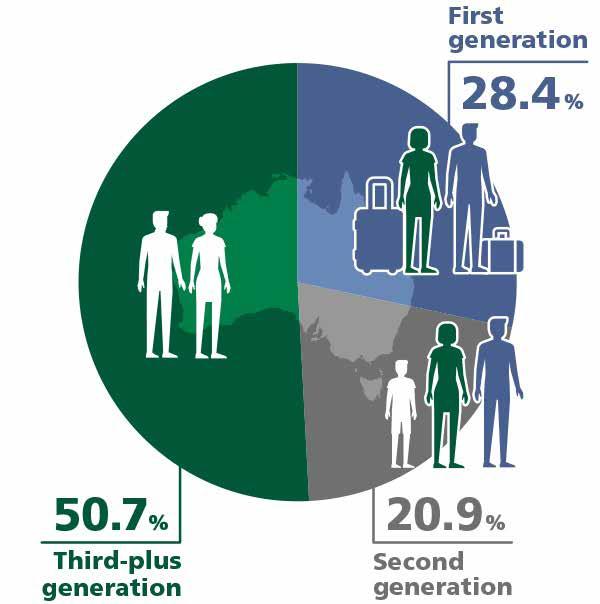
8 minute read
of the census
from 2017-07 Perth
by Indian Link
in Darwin who spends his Sundays cooking and feeding the hungry on the streets, and Harman Singh, the Sikh youth in New Zealand who removed his turban to save a bleeding child, are but two examples that have sent the message out Sikhism’s inherent concept of seva, or service.
Ajmer Singh Gill, President of the National Sikh Council and Director of the Multicultural Communities Council of NSW, says, “Sikhs get out there and do what they can. They are not dole bludgers.” He adds, “Sikhs are very supportive of other communities, and friendly, sociable people, who accept others as they are.”
Speaking about Sikhs being seen as ‘the others’ in Western countries, Gill says it has been a definite problem with Sikhs because of their high visibility. “We’ve been seen as ‘Muslim’ or as ‘terrorists’ simply because of our beards and turbans, and as a result of some acts that some Muslims have performed. But we are addressing it by taking pains to be involved with the community. I urge migrant Sikhs to know more people and take the first step in making friends, so that the locals understand us and see that we are really not that different.”
Brisbane social worker Jatinder Kaur, a board advisor of the Sikh Helpline, is excited to see the numbers relating to her community. The Sikh migrants in these countries have played a positive, proactive role, she told Indian Link.
“In the UK - where I come from and where the community is now half a million strong - and in Canada, research shows that Sikh migrants have very strong values, a very strong sense of work ethic in particular. They are hard-working, lawabiding citizens, charitable, and active in the community.”
As a turban-wearing Sikh herself, and the only one at university when she arrived here
22 years ago, she is very pleased to see the community grow in profile.
“I anticipate that there will be more positive contribution and many more positive role models here as well, playing an active role in civic society such as putting their hand up for elections to local councils and other community initiatives and work alongside other faith communities and Australia’s indigenous community.”
Most of the Sikhs that have arrived in Australia in recent years have been students. Navpreet Singh is one of them.
The 26-year-old arrived here in 2013 as an international student. He is now nearing the completion of his Bachelors of Business degree, and has supported himself with jobs in customer service. His family in Haryana’s Karnal city have helped out occasionally.
“I’ve really enjoyed my studies here,” Navpreet tells Indian Link. “Yes there were problems initially with my preferred course in IT so I had to change, but there’s been no looking back since. I’ve loved the different ways of learning to what I was used to in India, and the practical aspects such as going down to a real business and analysing their processes,” he adds.
As a turban-wearing Sikh, did he encounter any problems outside of college?
“Not once,” he says. “It’s been easy to get work, and I’ve been able to manage it well alongside study. I’ve made some decent friends, and have been living in a peaceful suburb.”
“As a turban-wearing Sikh, I can say with confidence that I have had no problems whatsoever in this country.”
Having just moved to Melbourne with his bride, Navpreet is now planning to do a Masters degree.
As an upwardly mobile young Sikh, Navpreet is representative of the aspirational levels in his community.
Hinduism second fastest growing religion
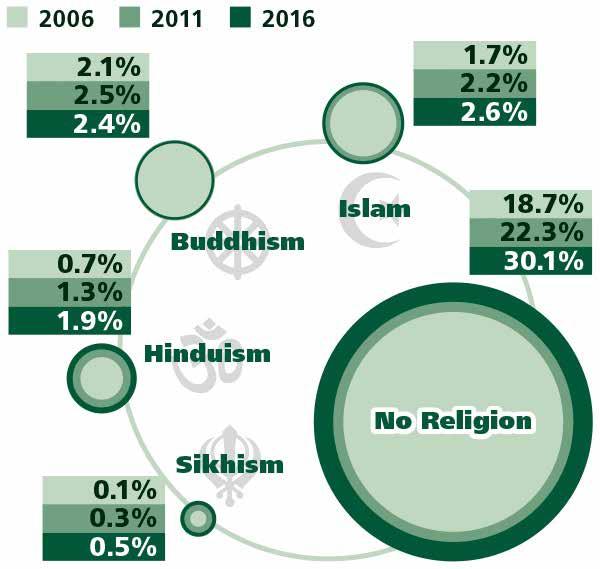
Although one of the smaller belief systems in Australia, Hinduism has seen a rapid rise here in the last decade. From 0.7% of the population in 2006, and 1.3% in 2011, it rose to 1.9%, or 440,300 individuals out of 24.4 million, in 2016. This translates to a rise of 300 per cent.
“For centuries, Hinduism has been one of the most tolerant religions. It has nurtured all religions. It has actually spawned at least three other world religions, Buddhism, Jainism and Sikhism.”
Agar adds that Hinduism has historically welcomed other religions such as Zoroastrianism and Judaism to flourish alongside it and giving safe haven to those fleeing persecution in other lands.
“Hindus will follow the same tradition here in their adopted country - the tradition of acceptance of, and tolerance towards, all other religions and ways of thinking. Australia is a great multicultural country. It is fertile soil already for diversity: Hinduism will simply act as fertiliser to enhance this diversity,” Agar says.
Hindus are a peaceful, accommodating people and don’t hold extreme views of any kind, points out Hindu priest and retired academic Jayant Bapat OAM from Melbourne He adds, “We are willing to mix with others easily and love to share our culture. There are more than 20 temples in Melbourne alone, and when they each celebrate their festivals, they attract nonHindus who become aware that we are a tolerant religion.”
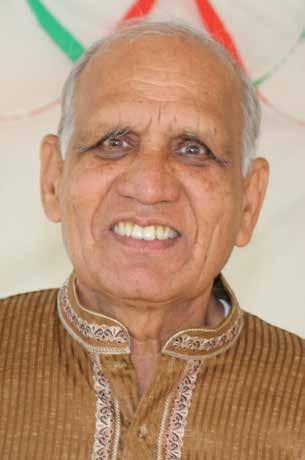
And Tolerance
Talking
What about the fact that the world at large is not dealing well with “otherness” at this point in time? Would Hindus in Australia ever face such a backlash?
“The more we mingle with mainstream people, the more they will realise that we come from a huge multicultural society
INDIAN LANGUAGES SPOKEN AT HOME
Hindi and Punjabi have made it to top ten languages spoken in Australia
Hindi 159,652
Punjabi 132,496
Tamil 73,161
Bengali 54,566
Malayalam 53,206
Gujarati 52,888
Telugu 34,435
Marathi 13,055
Kannada 9,701
Konkani 2,416
Sindhi 1,592
Oriya 721
Kashmiri 215
Increase In Hindi Speakers From Last Census
Hindi 0.5 to 0.7%
Punjabi: 0.3 to 0.6%
Hindi Speakers Across States
NSW: 67,034
Victoria: 51,241
Queensland 18,163
South Australia 7,310
Western Australia 10,747
Tasmania 639
ACT 3,646
Share of each religion
ourselves with many different religions and languages, and are, therefore, used to accepting ‘otherness’. In fact, I am confident that if there were ever to be such a problem in Australia, we would be able to contribute in solving it,” Bapat says.
In another interesting fact that mirrors the increase in migration from India, Hindi and Punjabi figure in the top 10 languages spoken across Australia.
No religion becomes 2nd largest group
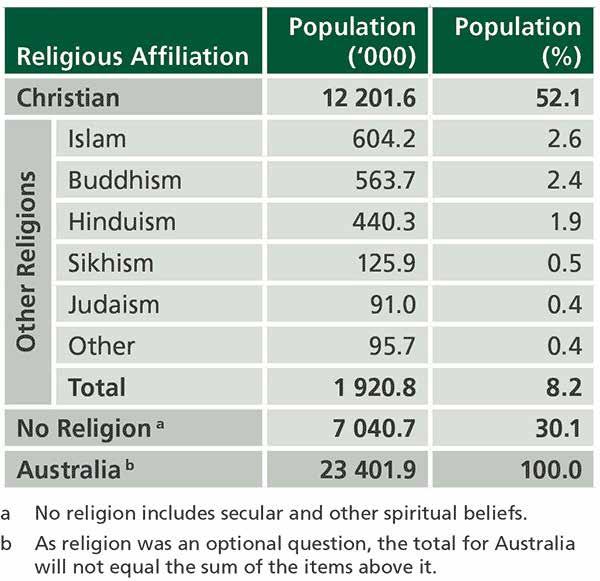
Nearly 30 per cent of Australians claimed in Census 2016 that they identified with no religion.
The number of Christians in total still makes up 51 per cent of the population, but this is much less than the 88 per cent in 1966 and 74 per cent in 1991.
Many people saw the rise of ‘No Religion’ coming, including well-known Australian social psychologist and social researcher Hugh Mackay.
In his book Beyond Belief (2016), he observes that Australians are steering away from institutionalised religion. He lists various factors for this, including the corporatised nature of contemporary religion, and the growth of science.
But the need for spiritualism persists, he notes, as he observed trends in the rise of a different kind of spirituality - one not restricted by institutions or guidelines. These include yoga, secular meditation, pilgrim walks, music and the like.
Mackay predicts that most people are Spiritual But Not Religious (SBNR) and that there will be ‘SBNR’ boxes on the census in the future.
Among the Indian community in Australia, too, spiritualism is on the rise. Sunny Singhal from Rhodes NSW says his father claims to be Hindu and my stepmother Muslim. He has an uncle who is a Christian minister and others in his extended family are Jewish and Buddhist.
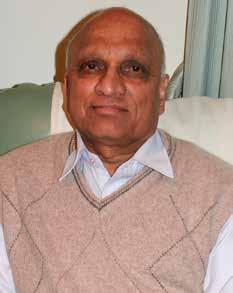
“Amongst all of that, and my observation of the world, I have come to see that people are people regardless of religion - afflicted by greed, selfishness, anger, jealousy and the like,” he says. “Religion by itself does nothing to ameliorate these tendencies. It may provide some people a pathway, making them a better person, but that can be gained from a simple observation of humanity and the self,” he adds. Religion can often appear to serve as an additional layer of self-righteousness.
“I do not believe the path to God lies in an organisational structure, for there is no distance between me and my maker except what I put there through my fallibility, forgetfulness and loss of focus,” Singhal adds.
Those from within the community who ticked on No Religion had various reasons to do so. Aneeta Menon of Toongabbie NSW says, “First, there were concerns about the demographic data being stored from the census. Given the mildly-Dystopian times we live in, I didn’t feel any reason to be recorded as an “Other” somewhere.”
Menon says that she doesn’t feel part of any organised religious movement. “Any representations of organised Hinduism I have seen in recent times have been completely at odds with both my personal beliefs as well as what my understanding of Hinduism is,” she adds.
There were also people like Malika Gulati of Waitara NSW who did opt for No Religion, yet are not irreligious. Rather, they have a respect and appreciation for all faiths.
“I’m not a religious person. But I am spiritual,” says Gulati. “I have been brought up in the Hindu tradition, but I don’t know if I really identify myself as Hindu. At school, especially in the later years, I did quite like the atmosphere at chapel - I loved its peaceful and calming vibes. Recently, upon hearing the news of a loved one’s passing in India, I walked into the gurdwara close to my home and found that very comforting.”
Dipanjali Rao of Brunswick West in Victoria says she was brought up in a very secular family, where god or religion played no part. “God was invented as a way of explaining natural phenomena, and science has explained a lot on that front,” she says. However, she adds that people should be free to believe in whatever force they choose to, ‘as long as it doesn’t impinge on other’s choices, like marriage equality or abortion.’
Is Australia more Asian than European?
For the first time, more migrants are arriving in Australia from Asia - mostly India and China - rather than from Europe. The 2016 census has revealed that 40 per cent of the overseas-born population were born in Asia, compared to about a quarter in 2001.
“The census shows Australia is more culturally diverse than ever before with almost half of Australians either born overseas, or with at least one parent born overseas,” said David Kalisch of the Australian Bureau of Statistics in a media release.
Also, given the relatively recent increase in Asian migration, those born in Asia had a younger age profile with a median age of 35 years. By contrast, people born in Europe had a median age of 59 years.
Unfortunately, some headlines in the recent days have suggested that Australia is becoming more and more Asian or Islamic and that the social change brought by migration is threatening an Australian identity or way of life.
“The reality,” says Tim Soutphommassane, Race Discrimination Commissioner, “is more sober. While it is true that the majority of migrants who now settle in Australia are from countries in Asia, it is untrue to suggest that the population in general has become more Asian than European in background. The UK, in fact, remains the largest single source of residents born overseas.”
Soutphommassane was speaking at a Diversity Arts Australia conference in Sydney.
Four of the five most common ancestries reported in Sydney are Australian, Irish, Scottish and English.
“And while Muslims living in Australia may have grown in number, they represent 2.6 per cent of the population. This is up from 2.2 per cent in 2011. It is a stretch to suggest their numbers have soared,” Soutphommassane adds.
In a nutshell, what these results mean is that Indian-origin Australians are increasing in number and the trend of migration to Australia is likely to continue, at least in the near future.
As their numbers increase, Indians migrants will look to make a significant contribution to Australian society, and have a greater participation in the mainstream.
Coming from a diverse and multicultural culture, showing adaptability and resilience and not tied down by cultural and religious norms, we could be the template for the perfect migrant in this country of migrants.
Religious affiliations and age
